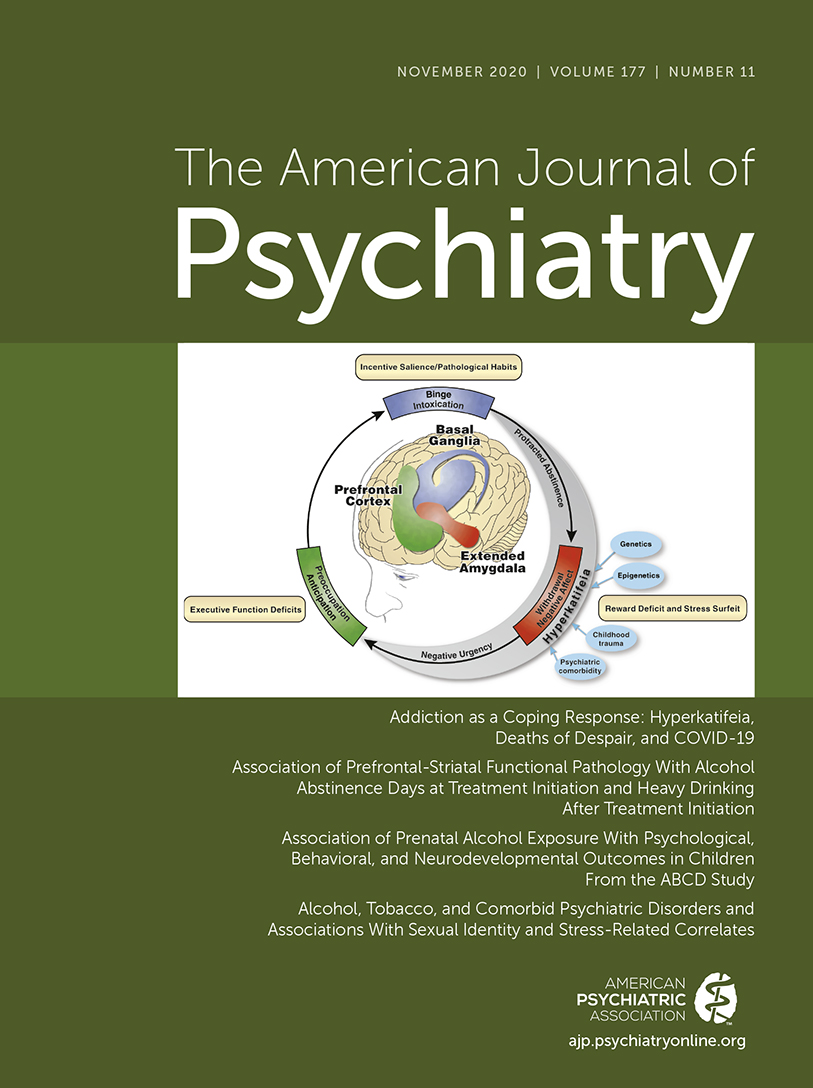For the United States, the 1964 Surgeon General’s Advisory Committee report marked a sea change in public attitudes about smoking (
1). In addition, the public health community established and maintained a comprehensive tobacco control effort, including restrictions on smoking in worksites and other public places, tobacco taxation, increased access to evidence-based tobacco treatment, and public health national media campaigns (
2). This comprehensive tobacco control effort is a public health success story. In 1965, 42% of adults were current smokers, and smoking rates had fallen to 15% in 2014 (
3). Whereas smoking was once allowed everywhere, from hospitals to airplanes, and it was common to see celebrities, athletes, and health care providers advertising cigarettes, labeling changes and advertising restrictions, another arm of the antismoking public health campaign (
4), also contributed to the decrease in cigarette smoking.
In spite of this success, tobacco use remains the leading cause of preventable morbidity and mortality among adults in the United States and worldwide (
3,
5). In fact, while there were large reductions in the prevalence of daily smoking at the global level between 1980 and 2012 (
6), because of population growth, the actual number of smokers increased significantly. The article by Grant and colleagues (
7) in this issue of the
Journal tells another, less encouraging piece of this story. These investigators use data from the National Epidemiologic Survey on Alcohol and Related Conditions (NESARC) to compare changes in 12-month prevalence of nicotine use, DSM-IV nicotine dependence, and nicotine dependence among all nicotine users between 2001–2002 and 2012−2013 to test the “hardening hypothesis.” The hardening hypothesis posits that the decline in nicotine use resulting from population-level control measures leaves a growing proportion of highly dependent users. Grant and colleagues found smaller increases in 12-month nicotine use relative to larger increases in nicotine dependence and nicotine dependence among users, supporting the hardening hypothesis. Of interest, increases in nicotine use, nicotine dependence, and nicotine dependence among users were especially notable among individuals with lower education and income, and changes over time in these nicotine outcomes were greater among those with lower socioeconomic status relative to those with greater income and education. We know that socioeconomic status is an important factor in morbidity and mortality, and smoking is likely an important contributor to socioeconomic status differences in mortality. One study estimated that at least half of the socioeconomic status differences in mortality among men ages 35–69 years in England, Wales, Poland, and North America were related to smoking (
8).
Low socioeconomic status interacts with an array of other factors to influence smoking behavior, including race/ethnicity, cultural characteristics, social marginalization (e.g., lesbian, gay, bisexual, and transgender communities, people with mental illness and substance use disorders), stress, and lack of community empowerment. There is a growing awareness that these social determinants of health, largely outside the realm of traditional medicine, have a great impact on health and well-being. While low education and income are the main social determinants of health that can determine increased tobacco use, other related ones, such as the unequal distribution of resources and services, can also lead to inequities in tobacco prevention and control and disparities in tobacco use. Taking a social determinants of health approach in tobacco prevention and control (changing environmental context and ensuring equal distribution of resources and services) will be necessary to achieve equity and eliminate tobacco-related disparities (
9). At a time when social inequities are an object of widespread attention, looking at one of our greatest public health achievements through the lens of social determinants of health is essential to improve tobacco dependence and inform future public health campaigns.
The Grant et al. article calls to mind another issue of grave concern to those of us who work in the mental health area. A disproportionate number of individuals with psychiatric illness smoke cigarettes. In an earlier study using NESARC data, Grant and colleagues (
10) found that associations between nicotine dependence and axis I and II disorders were all positive, strong, and statistically significant. Individuals with current nicotine dependence and at least one comorbid psychiatric disorder made up 7.1% of the U.S. adult population, yet they consumed 34.2% of all cigarettes smoked. People with mental illness have a shorter lifespan than the general population (
11), and smoking contributes to their additional risk of mortality and morbidity (
12), yet relatively few studies have focused on smoking cessation for individuals with co-occurring psychiatric illness.
One unspoken element of the hardening hypothesis is that as a behavior becomes less mainstream, those who engage in it become marginalized. The hard-hitting anti-tobacco public health campaign, focused on awareness of health consequences of smoking and denormalizing smoking behavior, may have the unintended consequences of stigmatizing smoking and smoking-related illnesses (
13). Stigma can impede treatment seeking and adherence. Stigma is also often internalized and can contribute to social isolation and psychosocial distress, which increase the likelihood of continued substance use (
14). Both low socioeconomic status and psychiatric illness are also associated with stigma, so smoking-related stigma compounds an already difficult situation.
Smoking remains one of the most preventable sources of morbidity and mortality in the world, and it is disproportionately affecting the health and well-being of individuals of low socioeconomic status, including those with psychiatric illnesses. This population is less likely to have access to the resources available to help with smoking cessation and more likely than ever to feel stigmatized. Clearly, if we are committed to addressing health inequities, efforts and resources must be dedicated to finding evidence-based smoking cessation treatment interventions and public health activities that target the specific populations who continue to suffer the most severe consequences from nicotine dependence. While progress has been made in smoking cessation, the hardest work still lies ahead.

